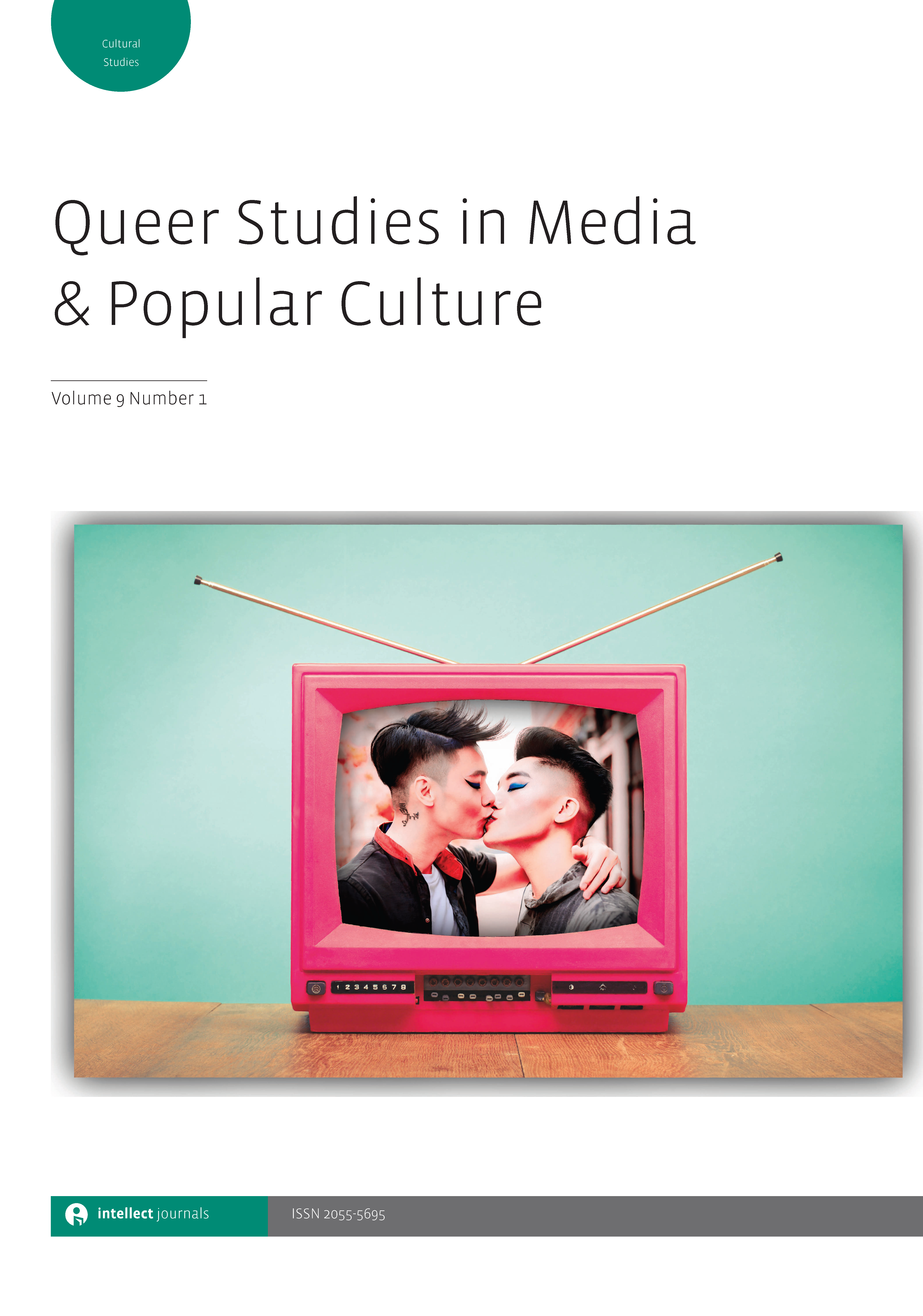
Full text loading...
 , Noorie Baig2
, Noorie Baig2 , Shuzhen Huang3
, Shuzhen Huang3
This article examines how the Netflix series Sense8 uses multiracial, transnational characters and relationships as a form of transgression over restrictive racial and sexual categories and their subsequent oppression. In Sense8, the characters' erotic desires for the other are represented as the entry into a deracialized, dehistoricized, depoliticized and liberal global public sphere. Sexual pleasure with the colonized, racialized and gendered other is represented as a form of transgressing and transcending the limitations of the body that non-western and non-white bodies perpetually remain trapped in. These representations are also normalizing tropes of queer utopias that do not acknowledge the intersectional erasures that continuously occur in this series. As transnational scholars from Ghana, India and China, who are situated in daily inter-racial relations, we challenge the simplistic and uncritical viewing of Sense8 through our hybrid postcolonial subjectivities.

Article metrics loading...

Full text loading...
References


Publication Date:
https://doi.org/10.1386/qsmpc_00015_1 Published content will be available immediately after check-out or when it is released in case of a pre-order. Please make sure to be logged in to see all available purchase options.